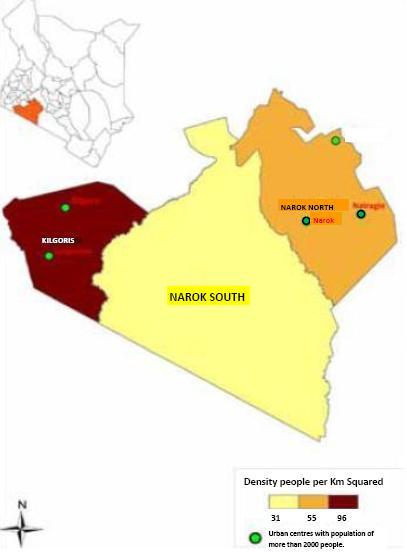In the heart of Kenya lies the captivating Narok County, a place that invites you to explore its natural wonders and vibrant culture. From the rolling plains of the Maasai Mara National Reserve to the intriguing Maasai People who call this land home, Narok County offers a unique blend of wildlife, history, and adventure. Discover the magic of this extraordinary destination as you embark on a journey that will leave you awestruck and longing for more.
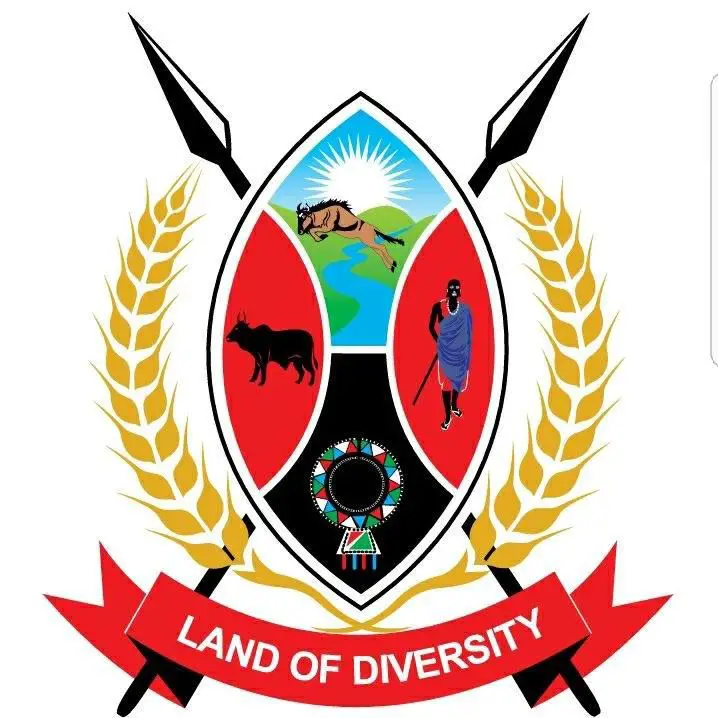
This image is property of narok.go.ke.
Geography
Location
Narok County is located in the southwestern part of Kenya, bordering Tanzania. It lies approximately 146 kilometers west of the capital, Nairobi. The county covers an area of about 17,058 square kilometers.
Topography
The topography of Narok County is diverse, ranging from the Great Rift Valley to the highlands and plains. The county is known for its breathtaking landscapes, with rolling hills, mountains, and vast grasslands. The prominent geographical feature in Narok County is the Maasai Mara National Reserve, which is part of the larger Serengeti ecosystem.
Climate
The climate in Narok County is generally hot and dry. The county experiences two rainy seasons: the long rains from March to May and the short rains from October to December. The average annual rainfall ranges from 700 to 1,000 millimeters. Temperatures in Narok County can reach up to 30 degrees Celsius during the day and drop to around 15 degrees Celsius at night.
Natural Resources
Narok County is blessed with abundant natural resources. The county is known for its fertile agricultural land, which contributes significantly to the local economy. The region is also rich in minerals such as soda ash, limestone, and gold, which have the potential to drive economic growth. Additionally, the county is home to diverse wildlife, including elephants, lions, cheetahs, and giraffes, making it a popular destination for wildlife enthusiasts and conservationists.
History
Pre-colonial Era
Narok County has a rich pre-colonial history, dating back to ancient times. The area was inhabited by various indigenous communities, including the Maasai, who are the predominant ethnic group in the region. These communities practiced nomadic pastoralism and had a strong cultural and traditional heritage.
Colonial Era
During the colonial era, Narok County, like the rest of Kenya, was colonized by the British. The British colonial administration introduced new governance systems and economic activities. It had a significant impact on the traditional way of life of the local communities, as many were forced to change their lifestyle and adopt new practices.
Post-colonial Era
After Kenya gained independence from British colonial rule in 1963, Narok County became part of the newly formed independent nation. The post-colonial era brought about political and social changes, with a focus on nation-building and development. The county government was established to cater to the needs of the local population and promote economic growth and social welfare.
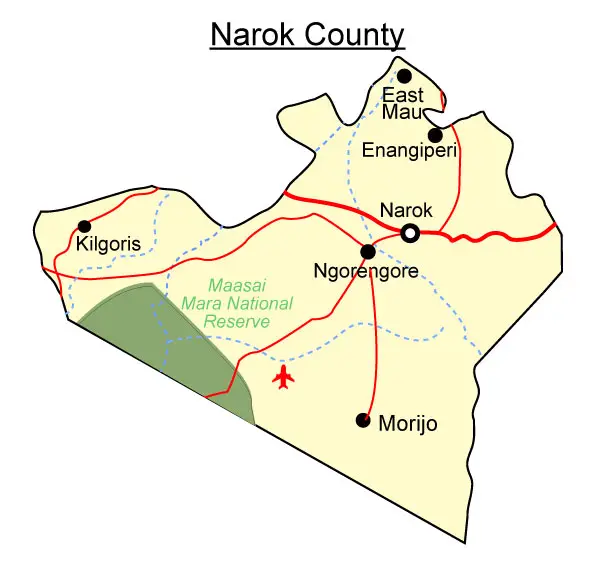
This image is property of elimufeynman.s3.amazonaws.com.
Demographics
Population
Narok County has a population of approximately 1.2 million people. The population is diverse, with various ethnic groups residing in the county. The Maasai community is the largest ethnic group, followed by the Kipsigis, Kuria, and Luo communities.
Ethnicity
The Maasai community is the dominant ethnic group in Narok County. They have a rich cultural heritage and are known for their unique way of life, characterized by semi-nomadic pastoralism and traditional customs. The county also has a significant population of Kipsigis, Kuria, and Luo communities, each with their own cultural practices and traditions.
Languages
The primary languages spoken in Narok County are Maa, Kipsigis, Kuria, and Luo. Maa is the most widely spoken language, especially among the Maasai community. Swahili and English are also widely understood and used, particularly in formal settings and commerce.
Government and Administration
Governor
The county is led by a Governor who is elected by the residents. The Governor is responsible for the overall administration of the county and plays a crucial role in implementing development projects, ensuring effective service delivery, and promoting good governance.
County Assembly
The County Assembly is the legislative arm of the county government. It is composed of elected representatives from different wards within the county. The County Assembly plays a vital role in passing laws, making policies, and overseeing the implementation of county projects and programs.
Administrative Units
Narok County is divided into administrative units called sub-counties and wards. The sub-counties include Narok North, Narok South, Transmara East, Transmara West, Narok East, and Narok West. Each sub-county is further divided into several wards, which are represented by elected ward representatives in the County Assembly.
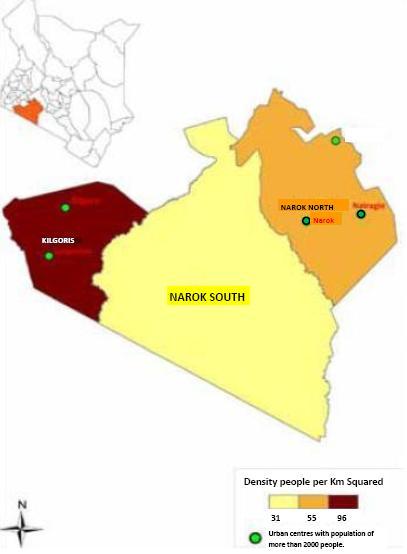
This image is property of opencounty.org.
Economy
Agriculture
Agriculture is the backbone of Narok County’s economy. The fertile soils and favorable climate support the production of various crops, including maize, wheat, beans, and vegetables. The county is also renowned for its thriving horticulture sector, with flower farming being a significant economic activity. Livestock rearing, particularly cattle, goats, and sheep, is also a vital component of the agricultural sector in Narok County.
Tourism
Tourism is a major contributor to the economy of Narok County. The Maasai Mara National Reserve, one of Africa’s most famous wildlife reserves, attracts thousands of local and international tourists each year. Visitors come to witness the annual wildebeest migration and to experience the region’s stunning landscapes and diverse wildlife. The county also offers opportunities for cultural tourism, allowing visitors to learn about the Maasai culture and traditions.
Mining
Narok County is endowed with various mineral resources, including soda ash, limestone, and gold. These minerals have the potential to drive economic growth and create employment opportunities in the region. There is ongoing exploration and extraction of these minerals, which could significantly contribute to the county’s revenue and development.
Trade and Commerce
Trade and commerce play a vital role in Narok County’s economy. The county is strategically located along major transport routes, making it a hub for trade with neighboring counties and countries. The local markets and trading centers provide a platform for buying and selling various goods and services, supporting local businesses and driving economic activities.
Infrastructure
Transportation
Narok County has a well-developed transportation network that connects it to other parts of the country. The county is served by a network of roads, including major highways and feeder roads. The road network facilitates the movement of people and goods, supporting trade and commerce. Additionally, the county has an airstrip and plans are underway to upgrade it to an international airport to boost tourism and trade.
Education
Education is a priority in Narok County, with efforts made to ensure access to quality education for all residents. The county has numerous primary and secondary schools, as well as technical and vocational training institutions. The county government has also invested in tertiary education, with the establishment of a university and colleges to cater to higher education needs.
Healthcare
Narok County has made significant strides in improving healthcare services for its residents. The county has several health facilities, including hospitals and dispensaries, that provide basic healthcare services. The county government has also invested in upgrading and equipping healthcare facilities and training medical personnel to enhance service delivery.
Utilities
Narok County has made significant progress in providing essential utilities to its residents. The county has invested in water supply projects to ensure access to clean and safe water. Electricity coverage has also been expanded, with efforts to connect more households to the national grid. These utilities play a crucial role in improving the quality of life for residents and supporting economic activities.
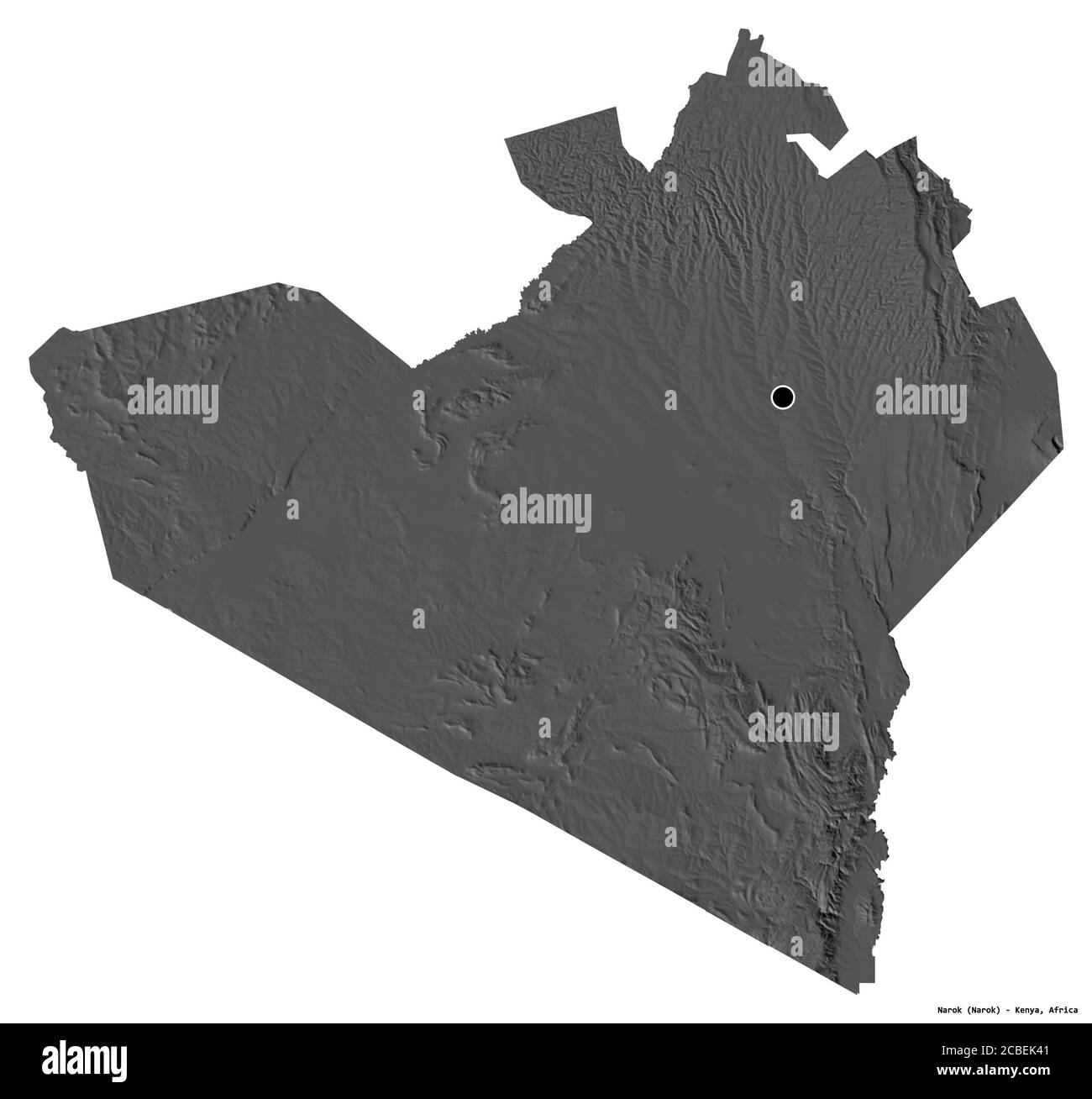
This image is property of c8.alamy.com.
Tourism
Maasai Mara National Reserve
The Maasai Mara National Reserve is the highlight of tourism in Narok County. This world-renowned wildlife reserve is famous for its incredible biodiversity and annual wildebeest migration. Visitors to the Maasai Mara can experience thrilling game drives, witnessing lions, elephants, giraffes, and other iconic African wildlife in their natural habitat. The reserve also offers opportunities for camping, birdwatching, and hot air balloon safaris.
Other Attractions
In addition to the Maasai Mara National Reserve, Narok County has other attractions that are worth exploring. The county is home to several conservancies, including the Olarro Conservancy and the Mara Naboisho Conservancy, which offer unique experiences and eco-tourism opportunities. The Ewaso Nyiro River and its surrounding landscapes provide breathtaking scenery and opportunities for picnics and nature walks.
Cultural Tourism
Narok County is rich in Maasai culture and traditions, offering visitors a chance to immerse themselves in the authentic Maasai way of life. There are cultural tourism programs that allow visitors to interact with Maasai communities, learn about their traditional practices, and participate in activities such as beadwork, traditional dances, and storytelling. Cultural tourism not only offers a unique experience but also supports the preservation of Maasai culture and contributes to the local economy.
Cultural Heritage
Maasai Culture
The Maasai culture is deeply rooted in Narok County’s heritage. The Maasai people are known for their colorful attire, intricate beadwork, and traditional pastoral lifestyle. Their cultural practices, such as age-set systems, rituals, and ceremonies, continue to be important aspects of their identity and way of life. The county actively promotes and celebrates Maasai culture, recognizing its significance in preserving the county’s cultural heritage.
Traditional Music and Dance
Traditional music and dance are an integral part of Narok County’s cultural heritage. The Maasai people have a rich musical heritage characterized by rhythmic chants, melodious singing, and the use of traditional instruments such as the olaranyani (flute) and enkari (calabash). Traditional dances, such as the adumu (the Maasai jumping dance), are performed during community celebrations, ceremonies, and cultural festivals, showcasing the vibrancy and beauty of Maasai culture.
Art and Crafts
Art and crafts are prominent expressions of Narok County’s cultural heritage. The Maasai community, in particular, is known for its intricate beadwork and craftsmanship. Maasai beadwork is admired for its vibrant colors, unique patterns, and symbolic meanings. Visitors to the county can purchase authentic Maasai beadwork, traditional jewelry, and other handmade crafts, supporting local artisans and preserving traditional skills.
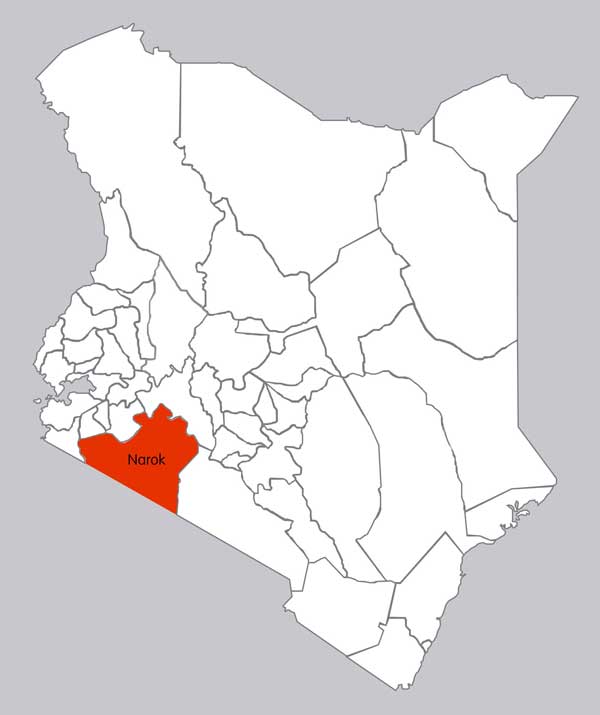
This image is property of elimufeynman.s3.amazonaws.com.
Challenges and Opportunities
Infrastructure Development
Narok County faces challenges in terms of infrastructure development. There is a need for continued investment in roads, electricity, water supply, and other essential infrastructure to support economic growth and improve the quality of life for residents. However, these challenges also present opportunities for public-private partnerships and foreign investment, which can contribute to the county’s development and create employment opportunities.
Education and Skills Development
Improving education and skills development is crucial for the long-term development of Narok County. The county government should prioritize investment in quality education, vocational training, and technical skills development programs. This will equip the youth with the necessary skills and knowledge to participate in the county’s economy and reduce the unemployment rate. Partnerships between the county government, educational institutions, and private sector stakeholders can help address these challenges.
Poverty Alleviation
Poverty remains a significant challenge in Narok County, especially among marginalized communities. The county government needs to implement poverty alleviation programs that target vulnerable groups, promote income-generating activities, and provide social protection for the most disadvantaged. There is also a need to promote entrepreneurship and create an enabling environment for small and medium-sized enterprises to thrive, further contributing to poverty reduction.
Conclusion
Narok County is a region with immense potential and a vibrant cultural heritage. Its diverse topography, rich wildlife, and vibrant Maasai culture make it a unique and captivating destination. However, the county also faces various challenges that need to be addressed to fully harness its opportunities for economic growth and development. With ongoing efforts to improve infrastructure, education, and poverty alleviation, Narok County is poised to thrive and continue offering a warm welcome to tourists and investors alike.

